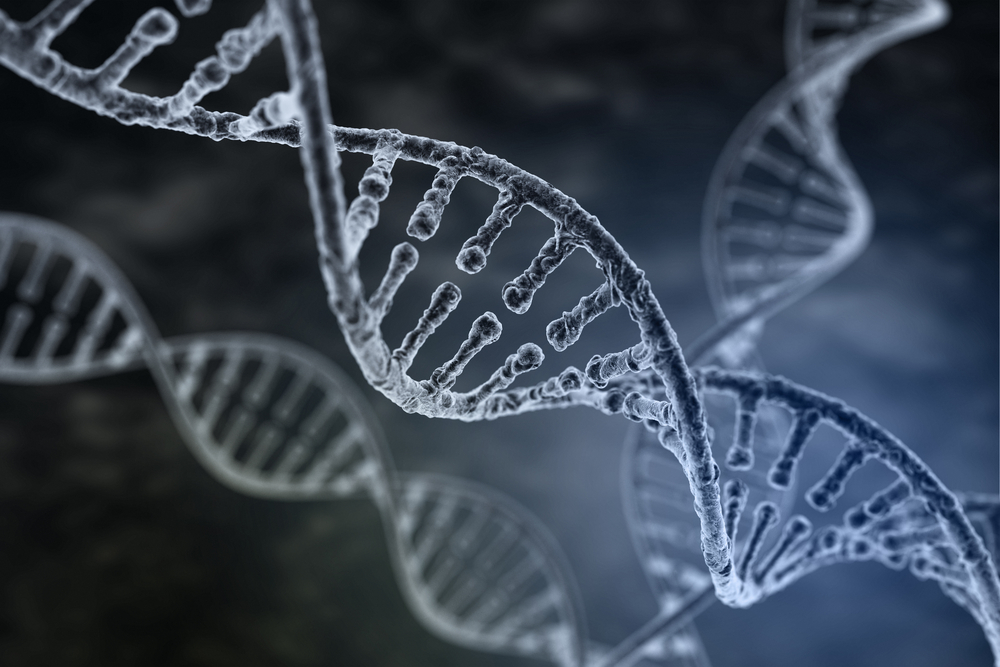Excessive RNA Editing Linked to Myeloma Progression, Treatment Resistance, Study Suggests

Abnormally high production of an RNA editing enzyme called ADAR1 is associated with multiple myeloma progression and resistance to treatment, according to a study.
The study, “Aberrant hyperediting of myeloma transcriptome by ADAR1 confers oncogenicity and is a marker of poor prognosis,” was published in the journal Blood.
Although previous studies on DNA abnormalities have led to a better understanding of myeloma, they have not been able to completely explain the disease’s manifestations. Changes in RNA — the intermediate molecule between DNA and proteins — have also been associated with cancer development, the most frequent of which are mediated by enzymes known as ADAR1-3, which contribute to RNA and protein diversity.
These enzymes are responsible for the removal of an amino chemical group from adenosine — one of RNA’s building blocks — converting it into inosine.
Previous reports revealed that abnormal ADAR1-mediated RNA editing is closely associated with various cancer types. In myeloma, abnormal RNA editing of the GLI1 gene was identified as relevant for disease prognosis, but the overall importance of abnormal RNA editing has not been assessed.
A research team from the Cancer Science Institute of Singapore (CSI Singapore) at the National University of Singapore has now found that higher ADAR1 in myeloma cancer cells causes RNA hyper-editing.
This was associated with disease progression and patient survival independently of amplification, or duplication, of the 1q21 chromosome, where ADAR1 is located. Amplification of the 1q21 chromosome is one of the most common cellular abnormalities in myeloma and is linked to poor prognosis.
Importantly, increased ADAR1 expression was also observed in cells from high-risk patients — those with lower survival rates and more resistance to available treatments — a finding that suggests a link between ADAR1 and myeloma aggressiveness. This was further shown in a mouse model, as tumors with higher ADAR1 levels were bigger than those with a mutant version of ADAR1.
Additional experiments showed that ADAR1-mediated editing increases cell growth and proliferation, and identified the NEIL1 gene — associated with lung and colorectal cancers — as an editing target of ADAR1 in myeloma.
Cells with altered NEIL1 proteins showed an impaired ability to repair oxidative damage induced by Alkeran (melphalan), a standard myeloma therapy. However, these cells with edited NEIL1 were more resistant to Alkeran than those with normal NEIL1.
Investigators then found that etoposide, a chemotherapy medication that induces breaks in DNA, increased the responsiveness of the NEIL-edited cells to treatment with Alkeran.
“This sets the stage for future studies on RNA defects in MM [multiple myeloma] which may unravel hidden aspects and unknown mechanisms in the disease that are biologically and clinically important,” the scientists wrote.
“Each piece of new knowledge derived will be key in helping to complete the puzzle of MM biology, paving the way for the development of innovative therapies that can curb drug resistance and raise the survival rates of high risk MM patients,” Chng Wee Joo, the study’s senior author and CSI Singapore’s deputy director, said in a press release.






